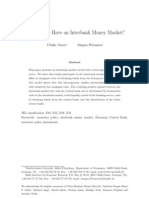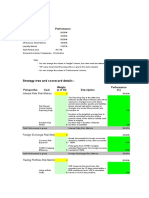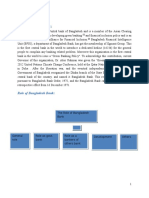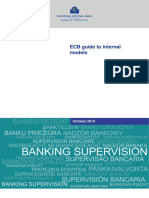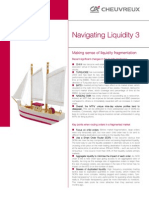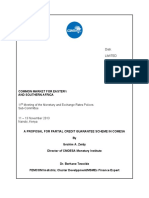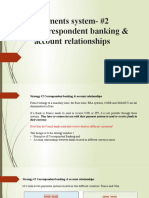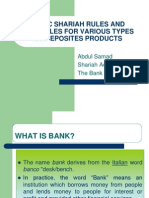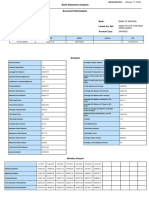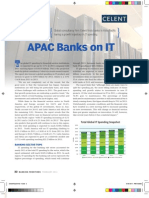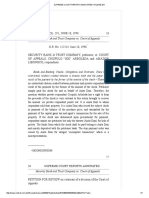100% found this document useful (1 vote)
704 views24 pagesUnderstanding Domestic and Cross-Border Payments
1. A domestic payment occurs within a single country or monetary zone, using that country's currency and infrastructure. An international payment crosses borders and may use different currencies.
2. SEPA payments are transfers of Euros within the SEPA zone, which includes 36 European countries that share payment infrastructure overseen by the ECB.
3. Clearing is the process of transmitting, reconciling, and confirming transactions before settlement. Settlement is the actual transfer of funds between financial institutions to fulfill payment obligations.
Uploaded by
Pranay SahuCopyright
© © All Rights Reserved
We take content rights seriously. If you suspect this is your content, claim it here.
Available Formats
Download as PPTX, PDF, TXT or read online on Scribd
100% found this document useful (1 vote)
704 views24 pagesUnderstanding Domestic and Cross-Border Payments
1. A domestic payment occurs within a single country or monetary zone, using that country's currency and infrastructure. An international payment crosses borders and may use different currencies.
2. SEPA payments are transfers of Euros within the SEPA zone, which includes 36 European countries that share payment infrastructure overseen by the ECB.
3. Clearing is the process of transmitting, reconciling, and confirming transactions before settlement. Settlement is the actual transfer of funds between financial institutions to fulfill payment obligations.
Uploaded by
Pranay SahuCopyright
© © All Rights Reserved
We take content rights seriously. If you suspect this is your content, claim it here.
Available Formats
Download as PPTX, PDF, TXT or read online on Scribd
/ 24














